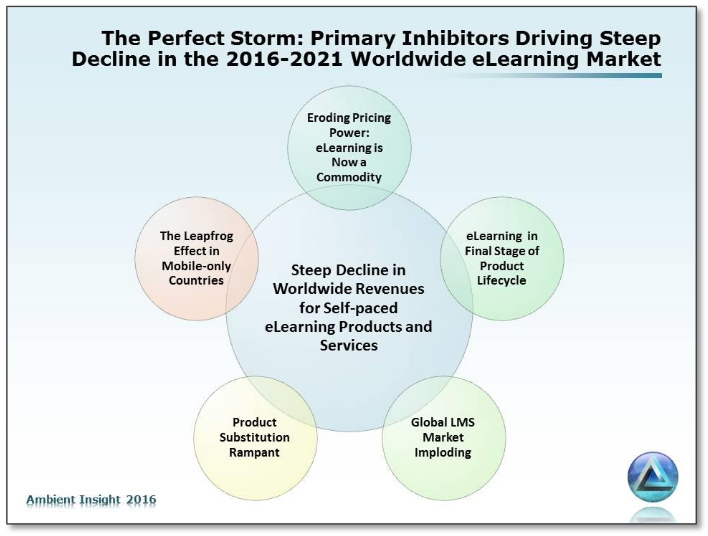Check out:
computerhistory.org/timeline/
For the history of AI and robotics, see:
computerhistory.org/timeline/ai-robotics/

Silicon Valley comes to Naples: Apple prepares to open Italian academy — from theguardian.com by Stephanie Kirchgaessner
With 200 pupils set to start training, the mood is high in the unlikely suburb chosen for tech giant’s latest venture

Excerpt:
And yet it is this spot – a corner of the sprawling city of Naples that never quite recovered after a major food-packing factory shut its doors in the 1980s – where the Apple chief executive, Tim Cook, and the Italian prime minister, Matteo Renzi, hope the best and brightest young minds in the world will come to develop into leaders in the new app economy.
This week, Apple, the biggest technology company in the world, will open a new academy here – the first of its kind – that will teach 200 mostly southern Italian students how to write code and launch apps on Apple technology by the end of the year.
Apple moves UK HQ to Battersea power station boiler room in London
Read more
Each student at the iOS Developer Academy will be handed the latest iPhone, iPad and Macbook at the start of the nine-month course, which is being offered free of charge following a joint investment of about €10m by Apple and University of Naples Federico II, one of the oldest universities in the world, which is hosting the tuition.
Addendum on 10/12/16:
iPhone 7 Plus doesn’t have just one entirely new camera system — it has two. The same 12MP wide-angle camera that’s on iPhone 7 works with a 12MP telephoto camera that can get even closer. That means you can get higher-quality zoom from farther away. And with an all-new depth-of-field effect (coming soon), portrait shots will look better than ever. Say hello to the world’s best photo op.
…
Depth-of-field effect.
Depth of field allows you to keep faces sharp while creating a blurred effect in the background. When you take a shot with iPhone 7 Plus, the dual-camera system uses both cameras and advanced machine learning to make your subject sharp while creating the same out-of-focus blur in the background — known as the bokeh effect — previously reserved for DSLR cameras. So no matter what’s behind your subject, it’s easy to create a great portrait.
Dual camera smartphones – the missing link that will bring augmented reality into the mainstream — from theconversation.com
Excerpt:
Smartphones boasting “dual cameras” are becoming more common, and news that they will feature on the just-announced iPhone 7 Plus indicates the arrival into the mainstream. But while dual cameras may stem from efforts to improve picture quality, it has the potential to lead us down much more interesting paths: the real story may be that Apple is using dual cameras to position itself for the augmented reality world ushered in by the Pokemon Go phenomenon.
…
The iPhone uses machine learning algorithms to scan objects within a scene, building up a real-time 3D depth map of the terrain and objects. Currently, the iPhone uses this to separate the background from the foreground in order to selectively focus on foreground objects. This effect of blurring out background details, known as bokeh, is a feature of DLSRs and not readily available on smaller cameras such as those in smartphones. The depth map allows the iPhone to simulate a variable aperture which provides the ability to display areas of the image out of focus. While an enviable addition for smartphone camera users, this is a gimmick compared to what the depth map can really do.
What Apple has is the first step toward a device like Microsoft’s HoloLens, an augmented reality head-mounted display currently in development.
Software that provides similar analysis of people’s poses and location within a scene for dual camera smartphones would provide a virtual window onto the real world. Using hand gesture recognition, users could naturally interact with a mixed reality world, with the phone’s accelerometer and GPS data detecting and driving changes to how that world is presented and updated.
Apple has not arrived here by accident. In addition to acquiring Linx, Apple also purchased augmented reality pioneer Metaio in 2015, suggesting a game plan to develop a mixed reality platform.
Dual camera smartphones: here’s why you should want one — from t3.com by Joseph Carey
The iPhone 7 Plus is meant to feature dual cameras, but why are two cameras better than one?
Excerpt:
One sensor for the main image and one for the detail – dual cameras never usually have two of the same sensor.
Here are the big announcements from Apple’s September 2016 event — from amp.imore.com
What Apple’s Dual Camera iPhone Means For Augmented Reality — from vrscout.com
Excerpt:
Although there weren’t drastic changes made to the physical design of the iPhone (minus that old thing called a headphone jack), Apple’s unveiling of a dual-lens camera points to a world where millions of consumers could one day put a powerful augmented reality device in their pocket.
Apple kills headphone jack (1878 – 2016). RIP. — from techcrunch.com
Apple Unveils Waterproof iPhone 7 with Dual Cameras — from interestingengineering.com
iPhone 7 FAQ: Everything you need to know!— from amp.imore.com
Apple adds real-time collaboration to iWork –– from engadget.com
Apple is taking on Google Docs in the education market. (From DSC: I’d like to think so, but we’ll see.)
After 500 Million Downloads, ‘Pokemon Go’ Is Coming To Apple Watch — from uploadvr.com
Excerpt:
A brief demonstration of the game was featured on-stage. The watch edition of the game will place a bigger focus on player fitness, tracking the calories you burn in play sessions along with distance.
Apple Watch bands FAQ: Everything you need to know! — from amp.imore.com
The 2016-2021 Worldwide Self-paced eLearning Market: The Global eLearning Market is in Steep Decline — from ambientinsight.com
Excerpt:
The Perfect Storm of Market Inhibitors
There are five major convergent inhibitors driving the global revenues for self-paced eLearning downward:
None of these inhibitors are reversible. Combined, they are driving the global eLearning market into steep declines in revenue. Any one of these inhibitors would dampen the demand for eLearning, but the presence of all five creates very unfavorable market conditions for suppliers.
